If wine regions were characters in a French novel, the Loire Valley might be the discreet cousin—contemplative, beguiling and far too modest about its assets. While the world circles endlessly around Médoc’s masculine gravitas or Puligny’s golden flattery, delightful secrets are still being whispered by the Loire’s lesser-advertised appellations—whites bright as cathedral limestone, reds carved from chalky hills, and bubbles with the mischievous sparkle of a Cocteau dialogue.
The Loire Valley has always been something of a paradox. Known as France’s royal garden, it played host to kings and poets, but its wines lived for centuries in the shadows of claret-fueled fame. Yet even Rabelais, the most famous son of the region, filled his inkwell with the life force of local vines—and surely would have penned another ode if he’d tasted a recent vintage of Muscadet Sèvre-et-Maine sur lie, now evolving with unexpected character, structure, and a restrained salinity once only hinted at.
Take Quincy. Not the actor, but the tiny appellation tucked quietly near Bourges. With barely more than 250 hectares, it’s a sort of Sauvignon Blanc whisperer, yielding whites of piercing purity. Similar pleasures await in Touraine Oisly, where Sauvignon surprises with aromatic intricacy far from the flamboyance of New World takes. There’s subtlety here, a kind of chessmaster elegance that seduces not with a shout but a murmur.
Clichés die hard. When Americans think of Loire, many still imagine Muscadet as the bottle you order once you’re already halfway through the oysters—and forget the moment the lemon’s gone. But today’s best Muscadet vineyards are bearing wines that crackle with energy and depth. Long lees aging, organic viticulture and micro-parcellisation have turned what was once a budget seafood sidekick into a bombshell of minerality and poise. Marc Ollivier, Jo Landron, Vincent Caillé… the names now tickle the same palates that once turned only to Chablis.
If your tastes lean more toward what’s ruby and contemplative, step into the folds of Saumur. Nestled in a patchwork of undulating vineyards, the commune of Saumur Puy-Notre-Dame remains one of the slightest in size—but for the initiated, it’s a cabinet of delights. Cabernet Franc thrives here, anchored by limestone spines and crafting reds with an almost architectural lift, often shaded with subtle spice. And the village itself? Worth a detour, if only for its church, cobbled silence, and the chance to drink seriously armored wine in seriously un-armored surroundings.
Then there are the whites of Saumur—Chenin-based wines that can rival Meursault in depth and complexity, and occasionally in pricing (an unfortunate side effect of being reviewed by the same pen that celebrated Richard Leroy in the cult-favorite graphic novel Les Ignorants). These aren’t merely wines; they’re meditations in a glass, ringing with quince, lanolin, almond blossom and cello-string tension that ages with composure.
For the curious connoisseur—or the modestly ambitious amateur—how to begin navigating these clandestine treasures? Start with producers working organically or biodynamically; their commitment often correlates with expressive, site-driven wines. Look for bottles labeled “sur lie” in Muscadet, “Puy-Notre-Dame” in reds from Saumur, or simply ask for Loire Chenin outside of the Vouvray comfort zone. In shops, those who haunt the back shelves or ask mischievous questions tend to leave with the best gems. Wine is, after all, a game for the sly-hearted.
If one truth must stay with you, let it be this: hidden within France’s royal heartland are wines that outdance their labels. The best Saumur blancs quietly outclass flashier Burgundies. Muscadet today is more than a seafood handshake. And Quincy? That’s not just a town—it’s a password for white wine believers in search of grace rather than noise. A bottle of Domaine Mardon 2021, chilled to 11°C, with young goat cheese and asparagus: you’ll understand.
So if your next trip follows the Loire’s meanders, drop the map and let your glass lead. Or better yet, make a note in your cellar log: when others look east or south, glance northwest—and smile like one who’s read the footnotes.
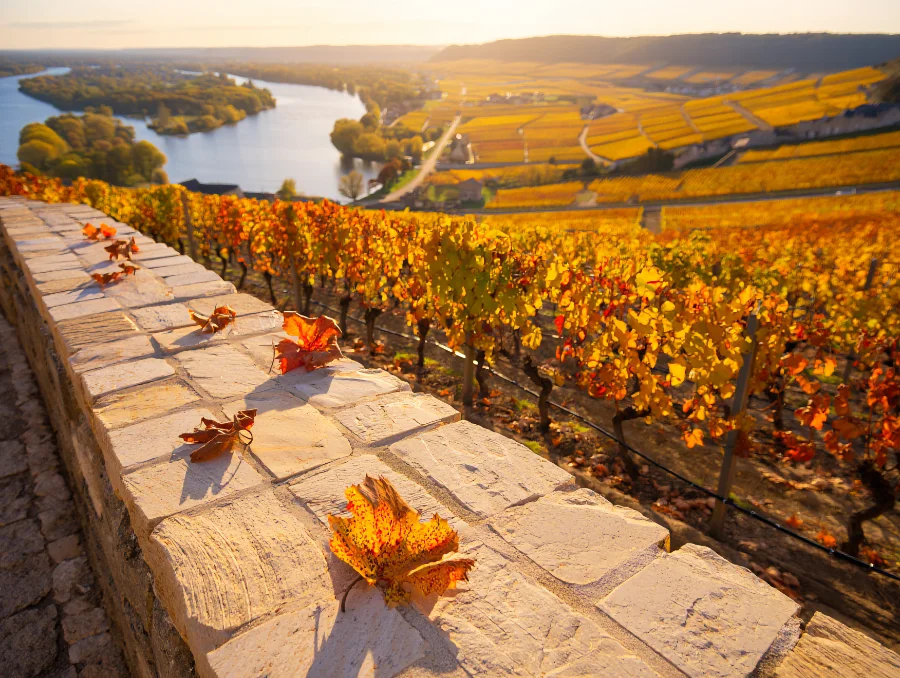



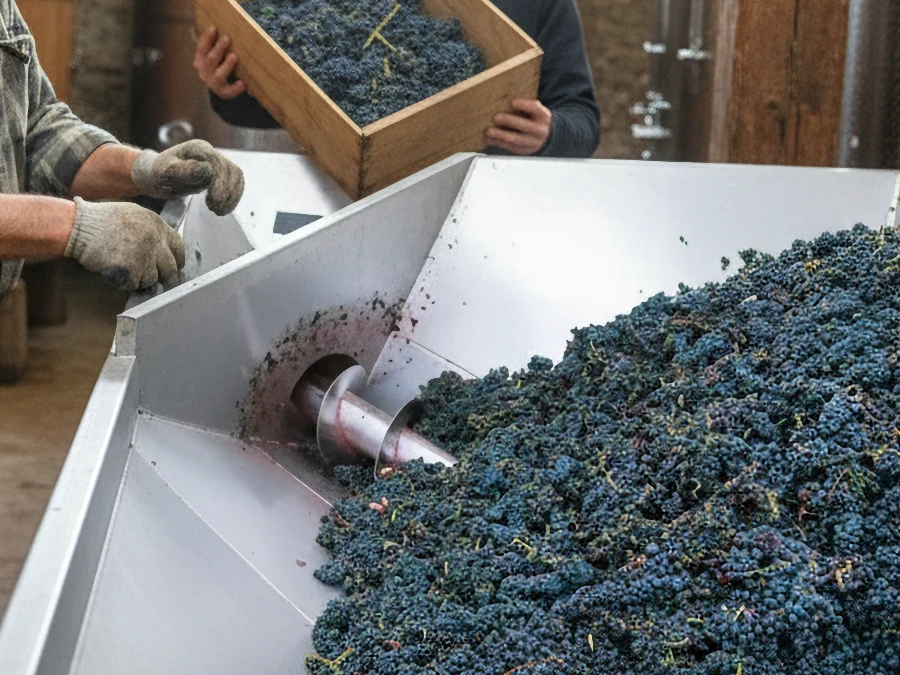
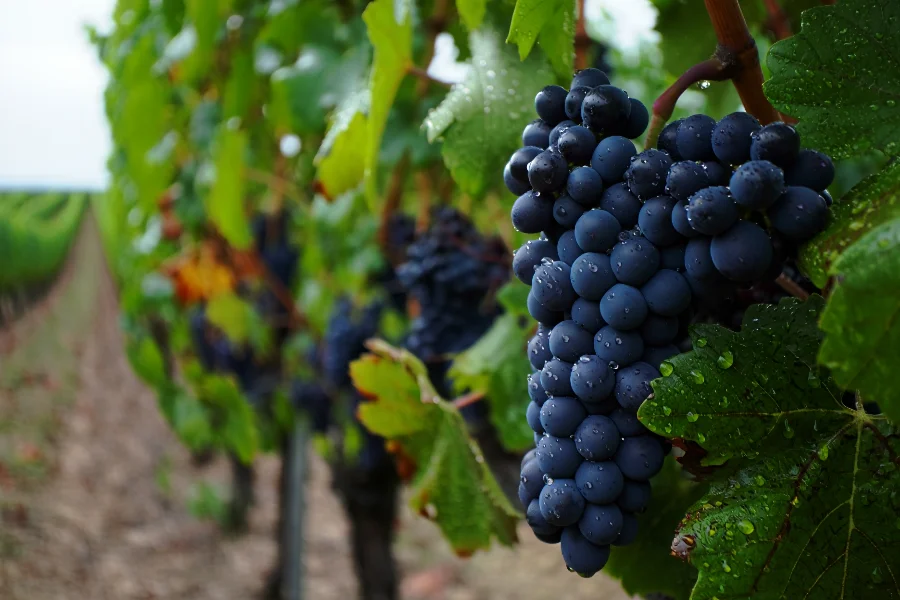

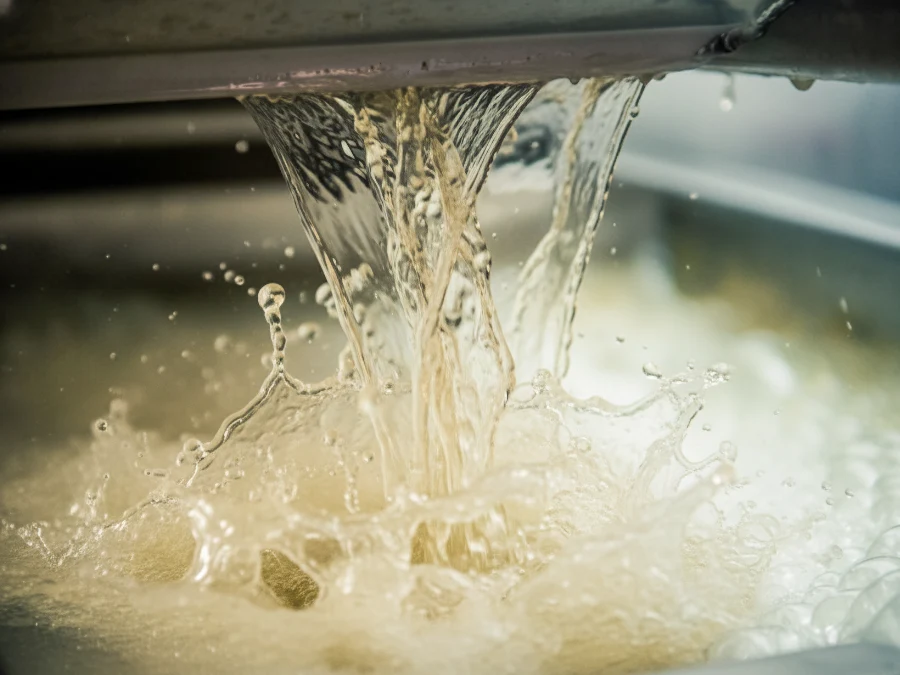
![PODCAST [S1E4] – The Well-Kept Secrets of Anjou-Saumur Wines](https://divineloire.fr/en/wp-content/uploads/2025/11/geologie-des-vins-d-anjou-saumur-1.webp)
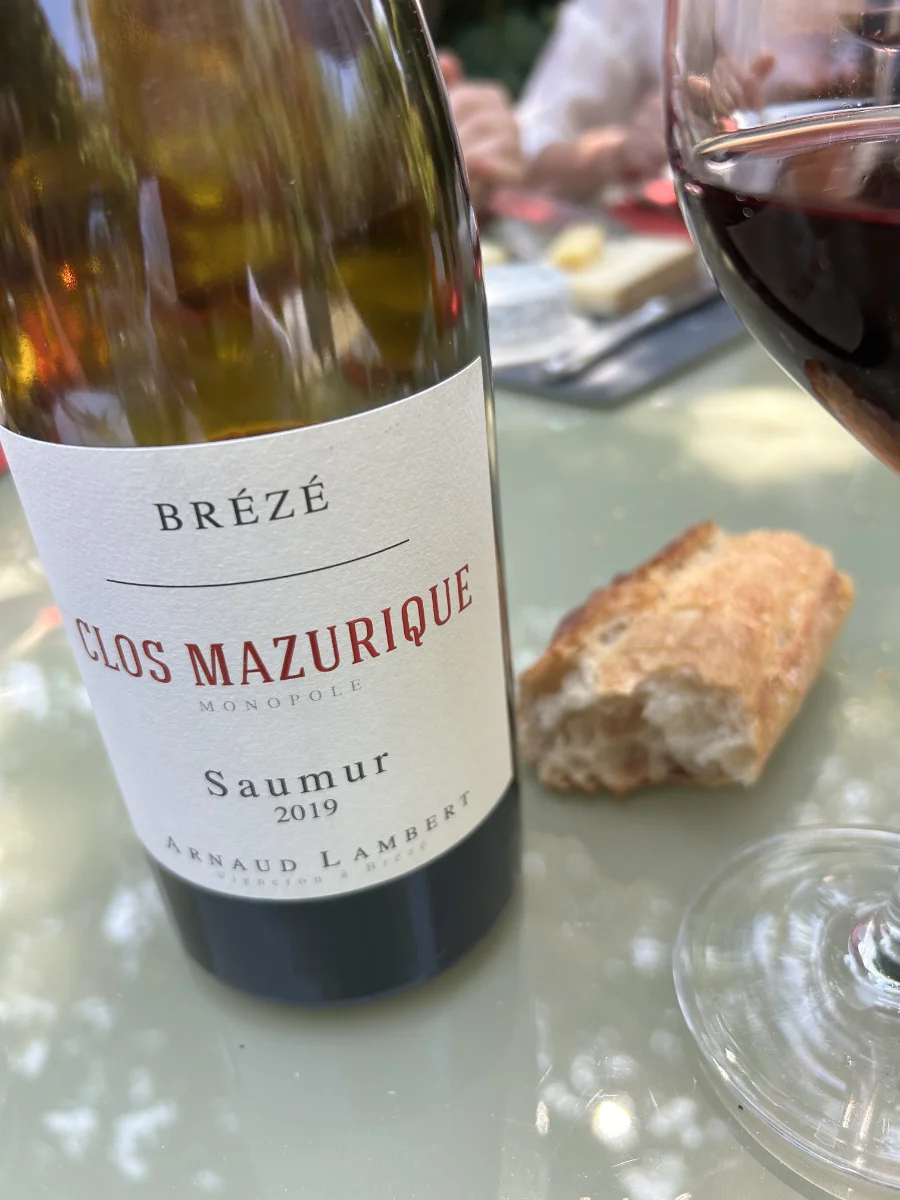
![PODCAST [S1E3] – Chinon, Vouvray, Bourgueil: The Holy Trinity of Touraine Vineyards](https://divineloire.fr/en/wp-content/uploads/2025/11/vignobles-touraine-chinon-vouvray-bourgueil-1-1.webp)